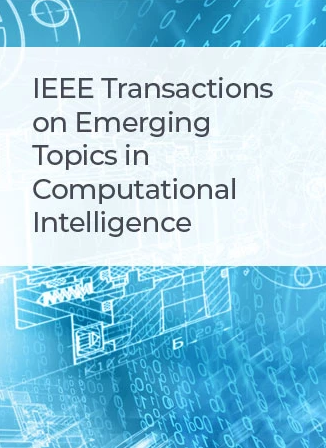深度学习在 B 型超声波分割中的应用进展:全面回顾
IF 5.3
3区 计算机科学
Q1 COMPUTER SCIENCE, ARTIFICIAL INTELLIGENCE
IEEE Transactions on Emerging Topics in Computational Intelligence
Pub Date : 2024-04-02
DOI:10.1109/TETCI.2024.3377676
引用次数: 0
摘要
超声波(US)因其成本低、安全、无创伤而受到普遍青睐。US 图像分割在图像分析中至关重要。最近,基于深度学习的方法越来越多地被用于 US 图像分割。本调查系统地总结并强调了过去五年中开发的深度学习技术的关键方面,这些技术用于对不同身体区域的 US 图像进行分割。我们研究并分析了最流行的损失函数和指标,用于训练和评估用于 US 分割的神经网络。此外,我们还研究了为分割各种感兴趣区域而提出的神经网络架构的模式。我们提出了神经网络模块和先验,以应对 US 图像中与不同人体器官相关的解剖学挑战。我们发现,具有专用模块以克服图像低对比度和模糊特性的 U-Net 变体适用于 US 图像分割。最后,我们还讨论了深度学习方法在 US 图像分割方面的优势和挑战。本文章由计算机程序翻译,如有差异,请以英文原文为准。
Advancements in Deep Learning for B-Mode Ultrasound Segmentation: A Comprehensive Review
Ultrasound (US) is generally preferred because it is of low-cost, safe, and non-invasive. US image segmentation is crucial in image analysis. Recently, deep learning-based methods are increasingly being used to segment US images. This survey systematically summarizes and highlights crucial aspects of the deep learning techniques developed in the last five years for US segmentation of various body regions. We investigate and analyze the most popular loss functions and metrics for training and evaluating the neural network for US segmentation. Furthermore, we study the patterns in neural network architectures proposed for the segmentation of various regions of interest. We present neural network modules and priors that address the anatomical challenges associated with different body organs in US images. We have found that variants of U-Net that have dedicated modules to overcome the low-contrast and blurry nature of images are suitable for US image segmentation. Finally, we also discuss the advantages and challenges associated with deep learning methods in the context of US image segmentation.
求助全文
通过发布文献求助,成功后即可免费获取论文全文。
去求助
来源期刊

IEEE Transactions on Emerging Topics in Computational Intelligence
Mathematics-Control and Optimization
CiteScore
10.30
自引率
7.50%
发文量
147
期刊介绍:
The IEEE Transactions on Emerging Topics in Computational Intelligence (TETCI) publishes original articles on emerging aspects of computational intelligence, including theory, applications, and surveys.
TETCI is an electronics only publication. TETCI publishes six issues per year.
Authors are encouraged to submit manuscripts in any emerging topic in computational intelligence, especially nature-inspired computing topics not covered by other IEEE Computational Intelligence Society journals. A few such illustrative examples are glial cell networks, computational neuroscience, Brain Computer Interface, ambient intelligence, non-fuzzy computing with words, artificial life, cultural learning, artificial endocrine networks, social reasoning, artificial hormone networks, computational intelligence for the IoT and Smart-X technologies.
 求助内容:
求助内容: 应助结果提醒方式:
应助结果提醒方式:


